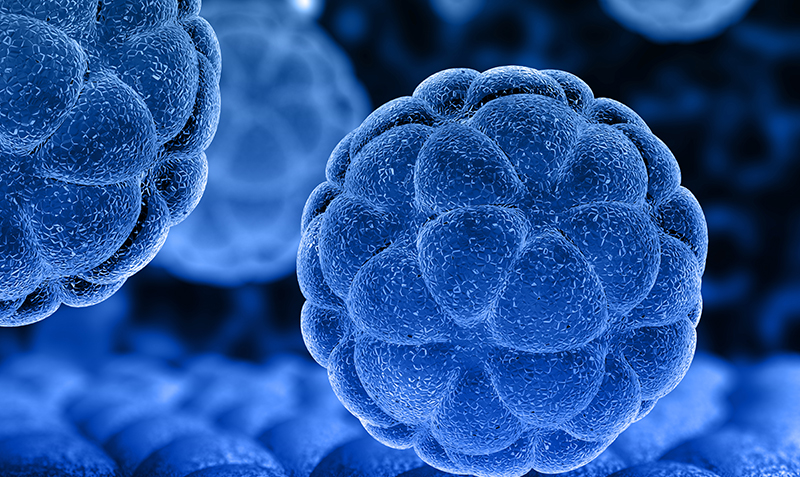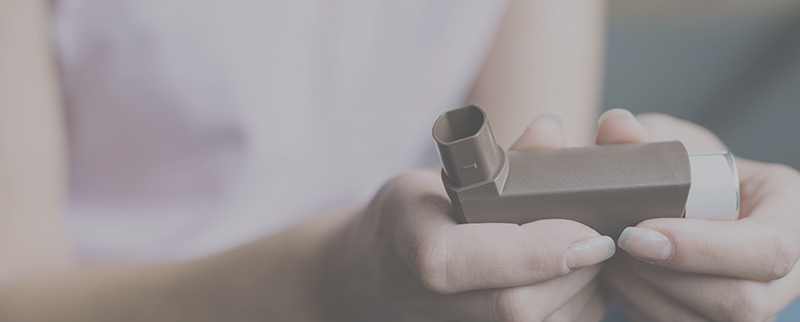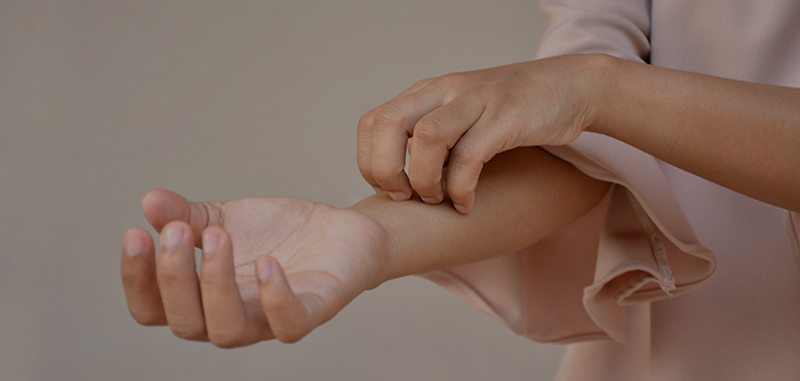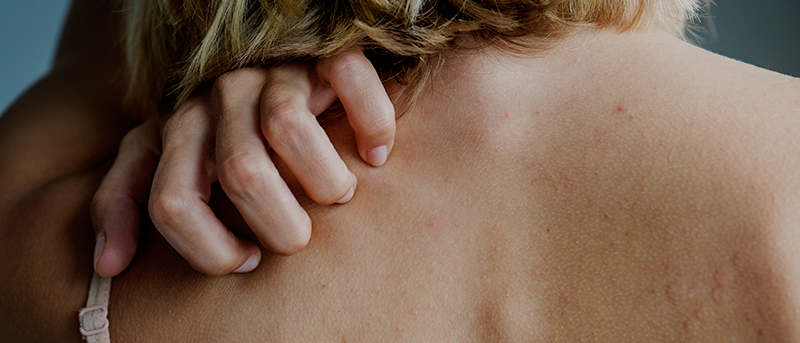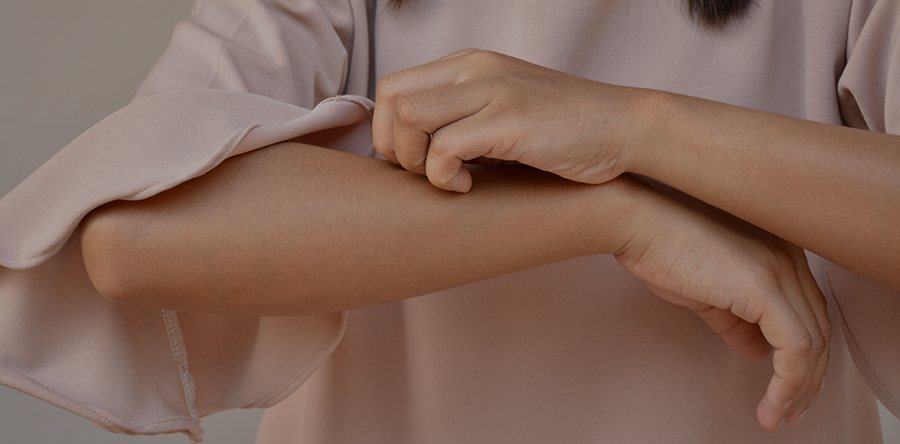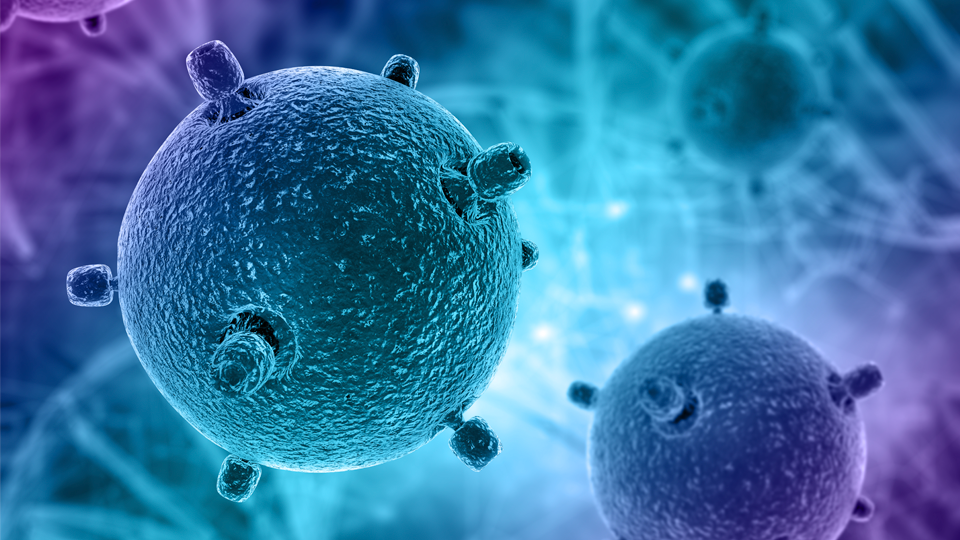A retrospective cohort study was conducted to investigate the effectiveness and safety of 450 mg of omalizumab in chronic spontaneous urticaria.
Omalizumab is a third-line treatment for chronic spontaneous urticaria, however there are not enough studies regarding its use in patients that are unresponsive to regular doses of omalizumab.
A total of 72 patients were included, according to their Urticaria Activity Score over 7 days and the Urticaria Control Test and divided in two groups. Group 1 (n=59) included those showing a complete response to omalizumab 300 mg and group 2 (n=13) included those who received at least 3 doses of omalizumab 450 mg between 2016 and 2018.
The mean Urticaria Activity Score over 7 days decreased from 18,6 to 5,1 and the mean Urticaria Control Test score increase from 8,6 to 12 in group 2 participants after a mean 4,3 courses of omalizumab 450 mg. Of all 13 participants from group 2, 6 of them had a complete response, and 3 a good disease control. Those whose response to treatment was lower had low baseline total IgE levels (<43 IU/mL).
In conclusion, this team demonstrated that higher doses of omalizumab are effective and safe in patients with chronic spontaneous urticaria that is unresponsive to omalizumab 300 mg. Also, they predict that lower baseline total IgE levels might be related to a nonresponse to omalizumab and the need for higher doses.
